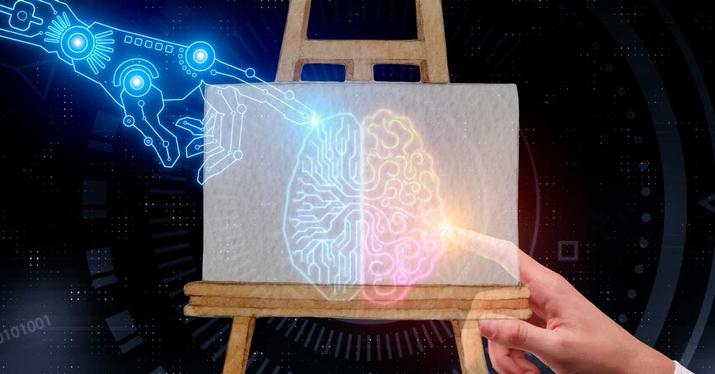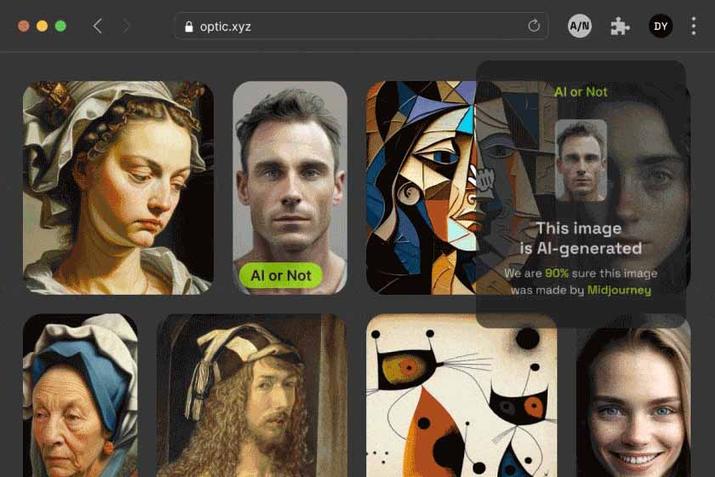In the midst of the rise of Artificial Intelligence, one of the most problematic uses has to do with the possibility of deceiving the user and not knowing if it has been created by human action or not. Especially in certain images, especially deepfakes, the consequences of giving veracity to an image created by AI can mean giving credibility to something false and believing a hoax. Luckily, there are reverse engineering tools that help us know if they are human or artificial.
There are a number of clues that tell us that an image has been generated by AI, especially if it is of a human. Fingers, teeth or hair are some of the areas where imaging tools tend to be the most effective. However, on other occasions the deception can be so realistic that we do not know how to distinguish it from reality itself.
Detectors of images created by AI
Done the law done the snare. Image detection tools analyze content using sophisticated algorithms, picking up subtle signals to distinguish AI-generated images from those produced by human photographers and artists. But some tech leaders and disinformation experts have expressed concern that advances in AI will always be one step ahead of the tools.

Because of how AI detectors work, basically relying on reversing the generation algorithms, they can never guarantee 100% accuracy and there is always at least a small risk of false positives. Therefore, these tools should not be relied upon to provide absolute proof that an image is or is not AI-generated. Rather, they can provide good clues in combination with other evidence.
Identify creations of Artificial Intelligence
Once we have learned how these tools for detecting images created by AI usually work, we are going to review some of these web pages where you can clear up doubts about whether Artificial Intelligence has participated in the creation process or not.
HiveModeration – Detects AI-generated images from popular tools such as DALL-E, Midjourney, and Stable Diffusion. Its detection models process uploaded images to determine whether they are generated by AI or not. In addition to the overall score, the results include which engine created an image and which text segment has the most artificial content.
AI or Not: is an Optic web service that helps users quickly and accurately determine whether an image has been generated by Artificial Intelligence or created by a human. Optic AI or Not uses its own state-of-the-art algorithms and is designed to provide highly accurate results, with an approximate calculation of 95% success.
 Sensity can detect AI-generated images with an accuracy of 98.8%. Detect AI-generated models like Dall-E, Stable Diffusion, and Midjourney are extraordinary tools for creating content without being a graphics expert. The high precision in creating realistic figures of faces and full bodies will definitely pose challenges for sensing solutions. Sensity can detect diffusion modeling with an accuracy of 95.8%.
Sensity can detect AI-generated images with an accuracy of 98.8%. Detect AI-generated models like Dall-E, Stable Diffusion, and Midjourney are extraordinary tools for creating content without being a graphics expert. The high precision in creating realistic figures of faces and full bodies will definitely pose challenges for sensing solutions. Sensity can detect diffusion modeling with an accuracy of 95.8%.














